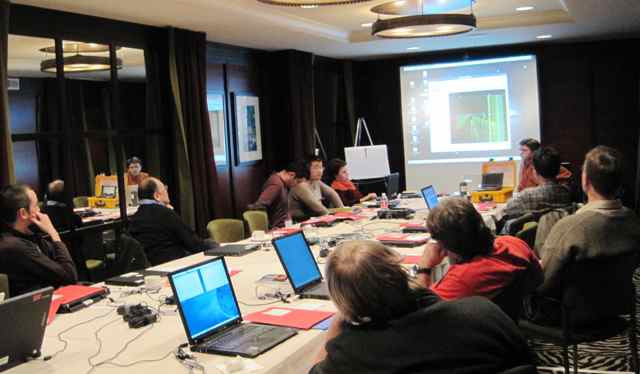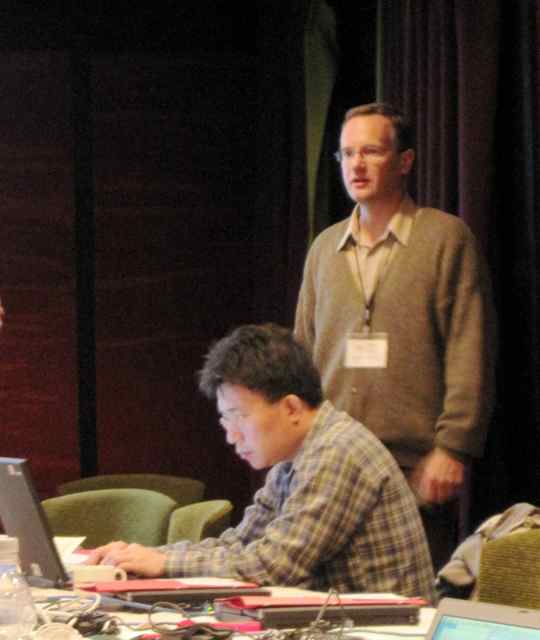What was the Data Archiving Workshop all about?
PASSCAL provides a valuable service to the scientific community by loaning seismometers, data recorders, and other equipment to professional researchers. After the hardware installation and recovery for each experiment, the raw data are harvested from every recording disk. Sometimes there are thousands of them. The raw files are gathered and converted into standard forms called SEED or ph5 formats. The final phase of the research process, which all our users consent to when they request our equipment, is the submission of their data results for archiving at the IRIS Data Management Center. It is not always a straightforward conversion, especially for new users and students. That's when the PASSCAL Data Group steps in to help.
The Data Group offers training, support, and advice to our users at all stages of their work. Most of the time, the scientists come here to Socorro a few months prior to their respective experiments. But with tight budgets and busy travel schedules, sometimes it isn't possible to train everyone involved. And there are many complex steps and decisions to be made; even seasoned researchers need a refresher from time to time. With that in mind, we decided to reach out and offer a free, one-day group training session at a large convention of Earth scientists.
 |
The first annual data archiving workshop was held in San Francisco on December 13, 2009, just prior to the American Geophysical Union's Fall Meeting. We offered an introduction to new software tools, reviewed best practices, and gave a hands-on demonstration to scientists and archivists from across the globe. So many people were interested that we reached maximum seating capacity and unfortunately had to close registration before everyone had a chance to sign up. We aim to offer another workshop next year, so that others can attend. |
|
The day was divided into two sessions. The morning was spent working on archival methods for passive source data (SEED). In the afternoon we studied methods for controlled source experiments, which use an artificial shock to measure how seismic waves propagate through the Earth.
|
|
 |
The motivation for archiving is to build a large, central library of seismic data available to anyone that requests it. The database is expanding rapidly, thanks to our conscientious users who keep it up to date. Over time, researchers will be able to access entire networks of data over a range of many years. This information can be used to study a variety of phenomena: earthquakes, tremors, volcanoes, glaciers, plate tectonics, internal structure and location of oil and gas fields, weapons research monitoring, and other aspects of Earth science. |
- Home
- General Information
- Instrumentation
- Dataloggers
- Sensors
- All-In-One Systems
- Power Systems
- Field Procedures
- Controlled Sources
- Seismic Source Facility
- Magnetotelluric Systems at PASSCAL
- Ground Penetrating Radar
- Power and Memory Calculations Form
- Data Archiving
- Apply for a PI Account
- Experiment Scheduling
- Polar
- Important Hardware/Software Notes
- USArray
- Software


